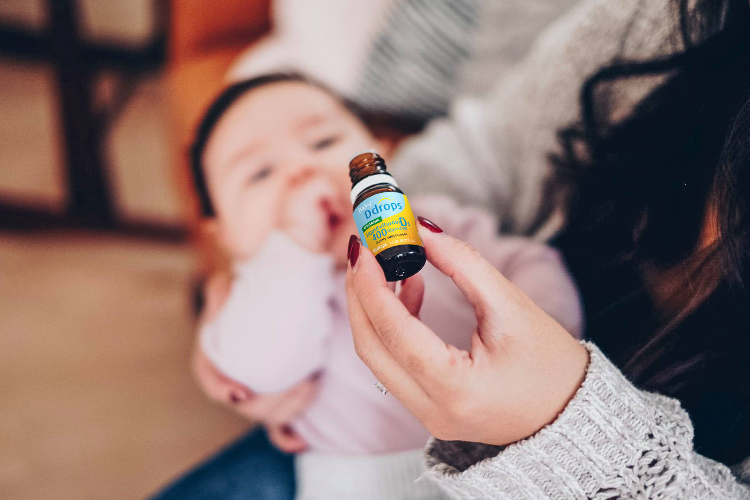July 18, 2017
Giving children a high dose of vitamin D won’t reduce the number of winter colds – at least not more than the recommended dose will, a new study has found. The findings, published in JAMA, found on average, children who received a standard dose of Ddrops® 400 IU daily had 1.91 colds per winter, while the children who received the high dose of Ddrops® 2000 IU daily had 1.97 colds. Researchers said these results are of no statistical difference.
“We may have just busted a myth,” said Dr. Jonathon Maguire at St Michael’s Hospital in Toronto. “More is not always better.”
Here are some interesting points demonstrated in this study:
- 44 to 47 per cent of the 703 children in this study did not report any upper respiratory tract infections during the winter cold and flu season.
- This trial had a 99.4% completion rate.
- Ddrops® was specifically chosen by these researchers because of its drop-based formulation, in order to “ease administration of the study drug.”
- Ddrops® was successful in raising blood levels in both groups, and blood levels were in the healthy range during the winter months. At the end of the study, vitamin D levels were 48.7 ng/mL in the high dose group and 36.8 ng/mL in the standard-dose group.
- There were no reported adverse events in this trial.
- Influenza was reduced by 50% in the high-dose vitamin D group. However, there were few influenza infections in both these groups, so the researchers did not consider this clinically significant.
- It is possible that maintaining optimal levels of vitamin D with supplements can decrease colds and flu when compared to not taking vitamin D at all during the winter. This study cannot make this conclusion, as there was no placebo group in this study. The American Academy of Pediatrics suggests daily vitamin D doses for all children, so having a study group not following this advice was prohibited by research ethics.
- It is possible that 400 IU a day may have been sufficient for a protective effect against infections, but without concrete evidence, the vitamin D recommendations continue to support bone and teeth health.
The study, conducted by TARGet Kids! and lead by Dr. Jonathon Maguire at St Michael’s Hospital in Toronto involved 703 healthy children. Half of the children were provided with a standard dose of Kids Ddrops® 400 IU (the AAP recommended dose at the beginning of the study), and the other half were provided with a higher dose of Ddrops® 2000 IU (still under the upper limit for children). The Ddrops® bottles were labeled the same. Each parent was instructed to begin giving the Ddrops® between September and November of the commencing year and to continue until April or May of the following year. Parents sampled and submitted nasal swabs from their children every time their child had an upper respiratory tract infection (URTI) during the winter months.
While it’s hard to get too much of a good thing, sometimes, less is more. It’s always best to speak to your healthcare practitioner about your child’s specific needs around vitamin D supplementation.
Thank you TARGet Kids! for choosing Ddrops® for this study!





Để lại một bình luận
Trang web này được bảo vệ bằng hCaptcha. Ngoài ra, cũng áp dụng Chính sách quyền riêng tư và Điều khoản dịch vụ của hCaptcha.